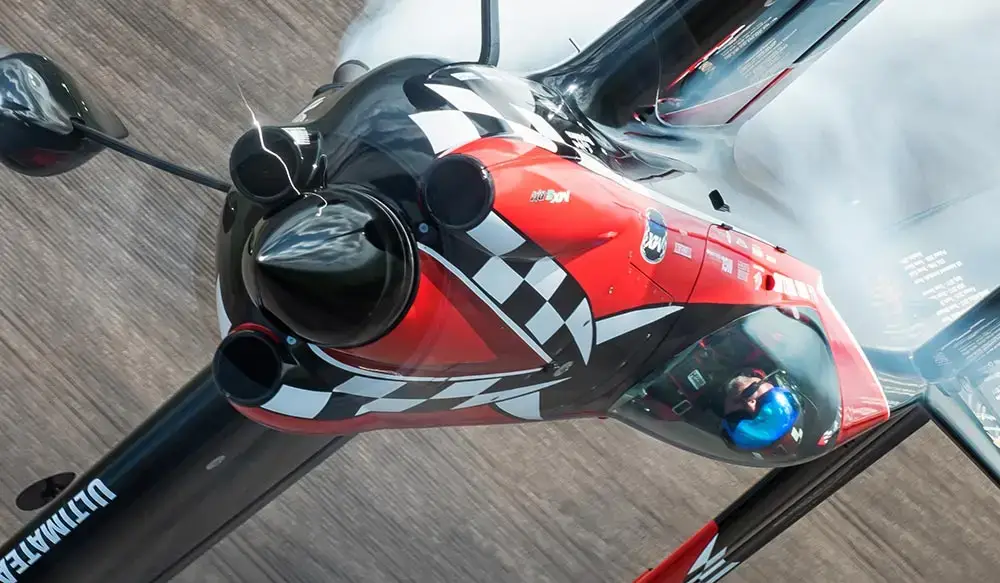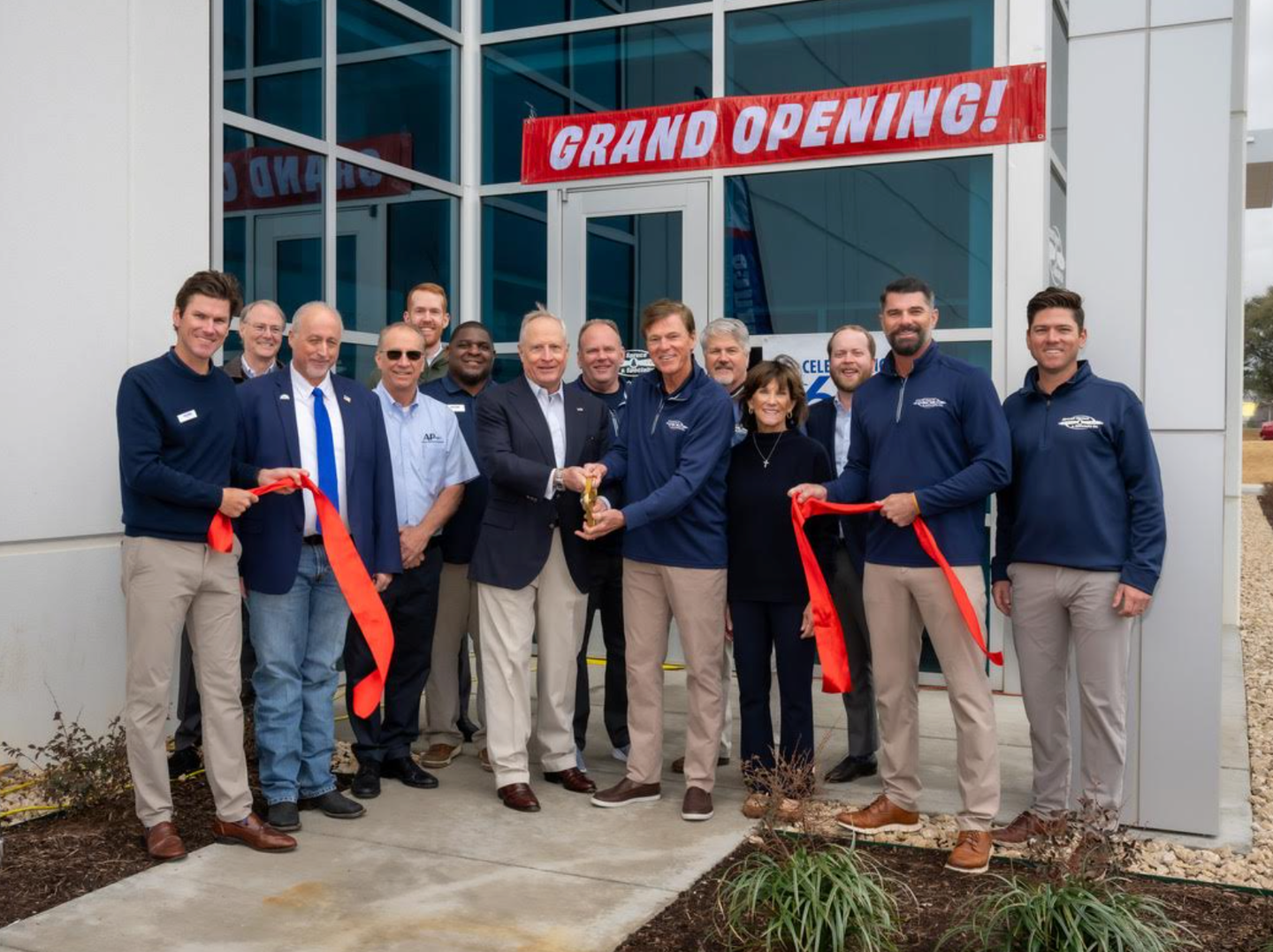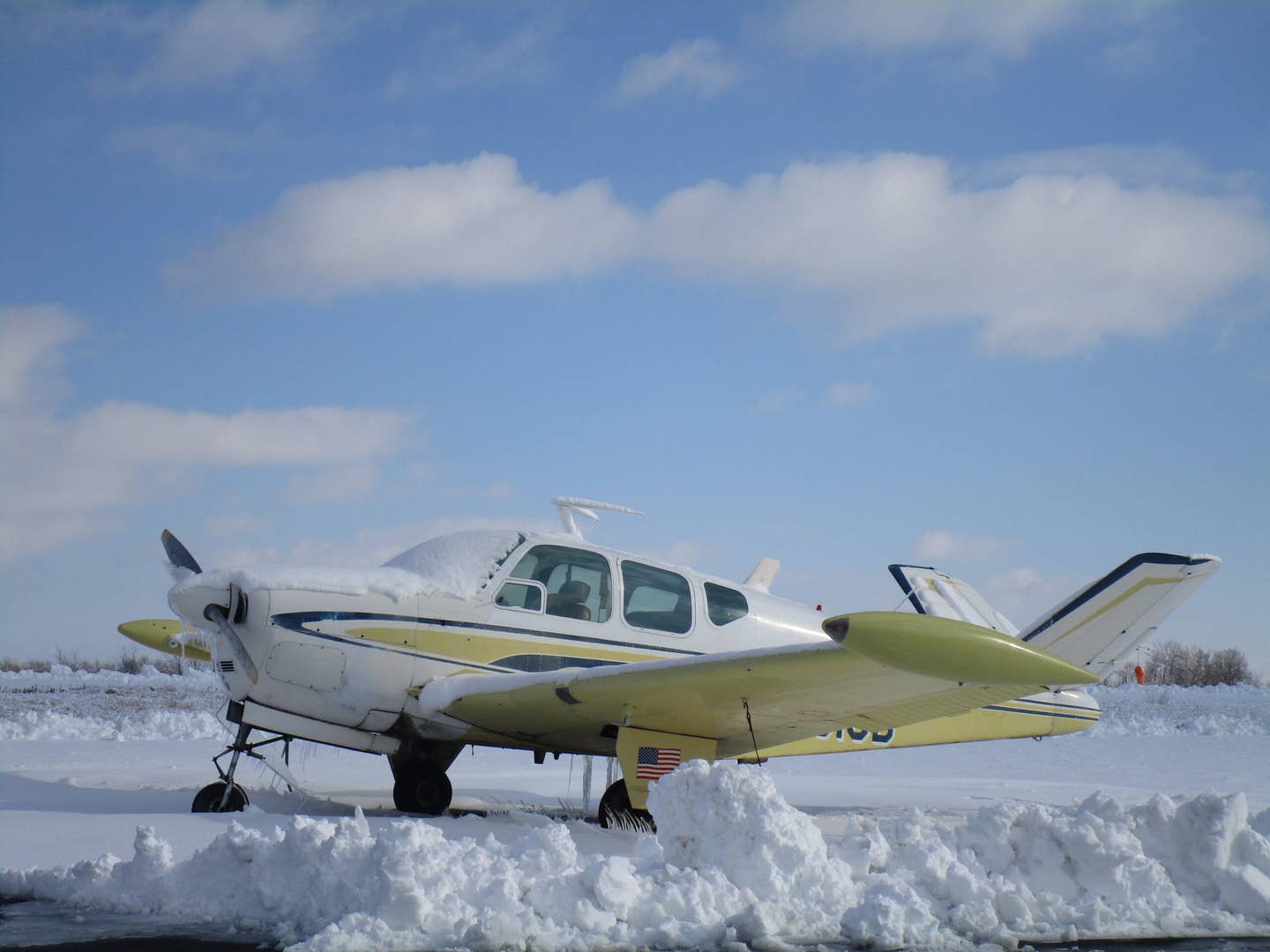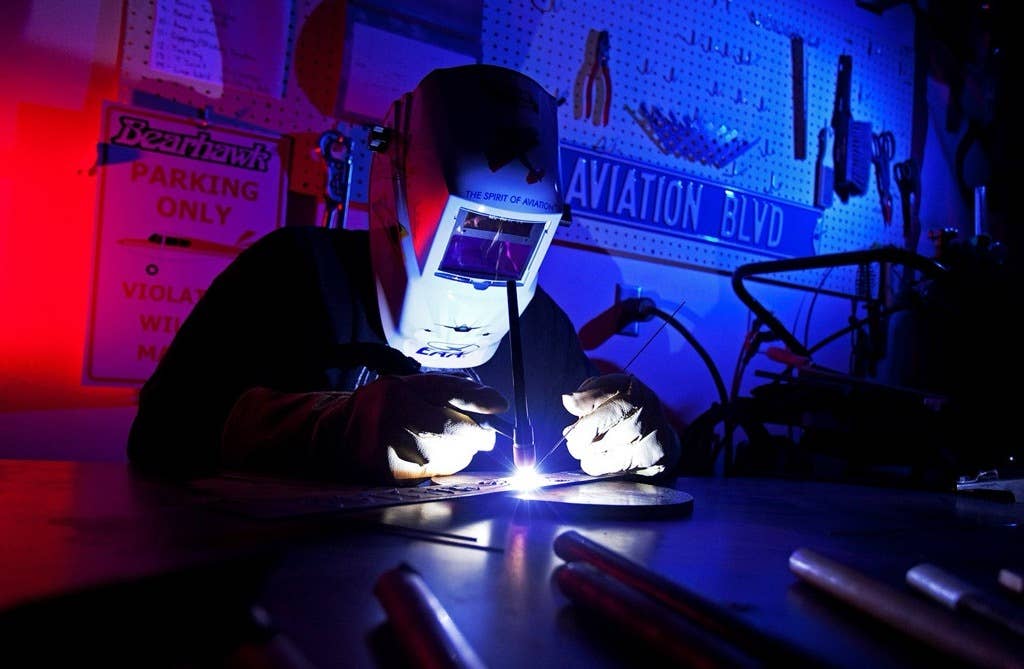Accident Brief: Pilot Dies In Cessna 150 Caravan Crash In California
The private pilot was departing on a personal flight in his single-engine airplane. Multiple witnesses described the airplane’s initial climb as slow and steep, and recounted the airplane entering a…
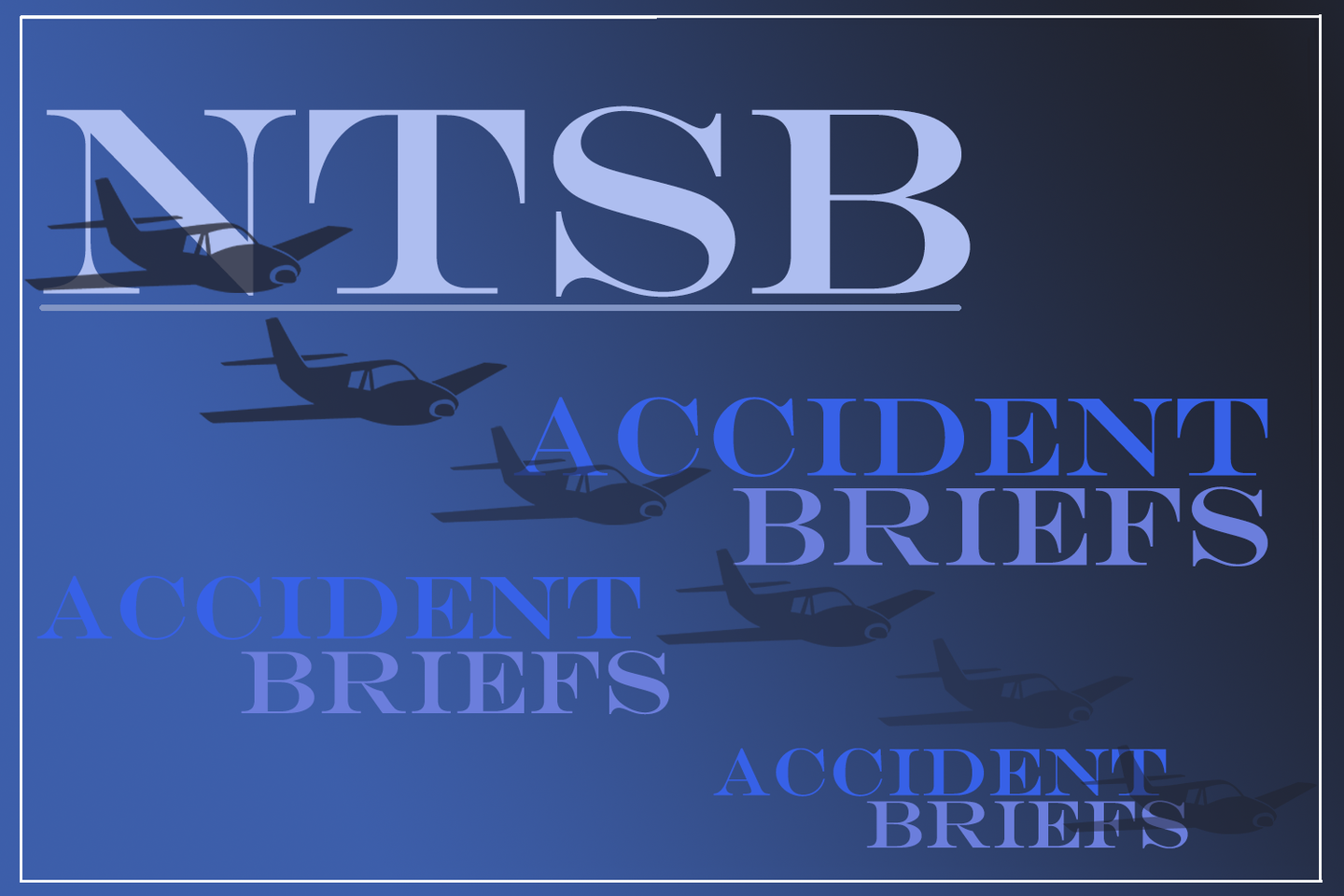
The private pilot was departing on a personal flight in his single-engine airplane. Multiple witnesses described the airplane's initial climb as slow and steep, and recounted the airplane entering a left turn before descending to ground contact, consistent with an aerodynamic stall.
Although several witnesses reported that the engine sound during the initial climb was abnormal, examination of the engine and airframe revealed no evidence of mechanical malfunctions or failures that would have precluded normal operation. The wing flaps were found extended to 20°; the airplane's owner's manual suggested 10° of flap extension for takeoffs from soft or rough runways; however, the manual also indicates that flaps can reduce the climb to 50 ft. Federal Aviation Administration guidance states that flap deflection of up to 15° primarily produces lift with minimal drag, while flap extension greater than 15° produces a large increase in drag and a significant nose-up pitching moment in high-wing equipped airplanes. It is likely that, during the takeoff with 20° of flaps extended, the airplane became airborne at a lower than normal airspeed and entered a climb at a higher than normal nose-up pitch attitude, placing the airplane very close to its critical angle of attack. During the climb, the pilot exceeded the critical angle of attack, likely by allowing the airspeed to decay due to the airplane's nose-up pitch attitude, and the airplane entered an aerodynamic stall at an altitude too low for recovery.
Toxicology testing of the pilot indicated the presence of THC (tetrahydrocannabinol), the active compound in marijuana. There is no known relationship between tissue levels and impairment; therefore, whether the pilot's use of a potentially impairing substance contributed to the accident could not be determined.
Probable cause(s): The pilot's exceedance of the airplane's critical angle of attack during the initial climb after takeoff, which resulted in an aerodynamic stall and loss of control. Contributing to the accident was the pilot's failure to properly configure the wing flaps for takeoff.
Note: The report republished here is from the NTSB and is printed verbatim and in its complete form.
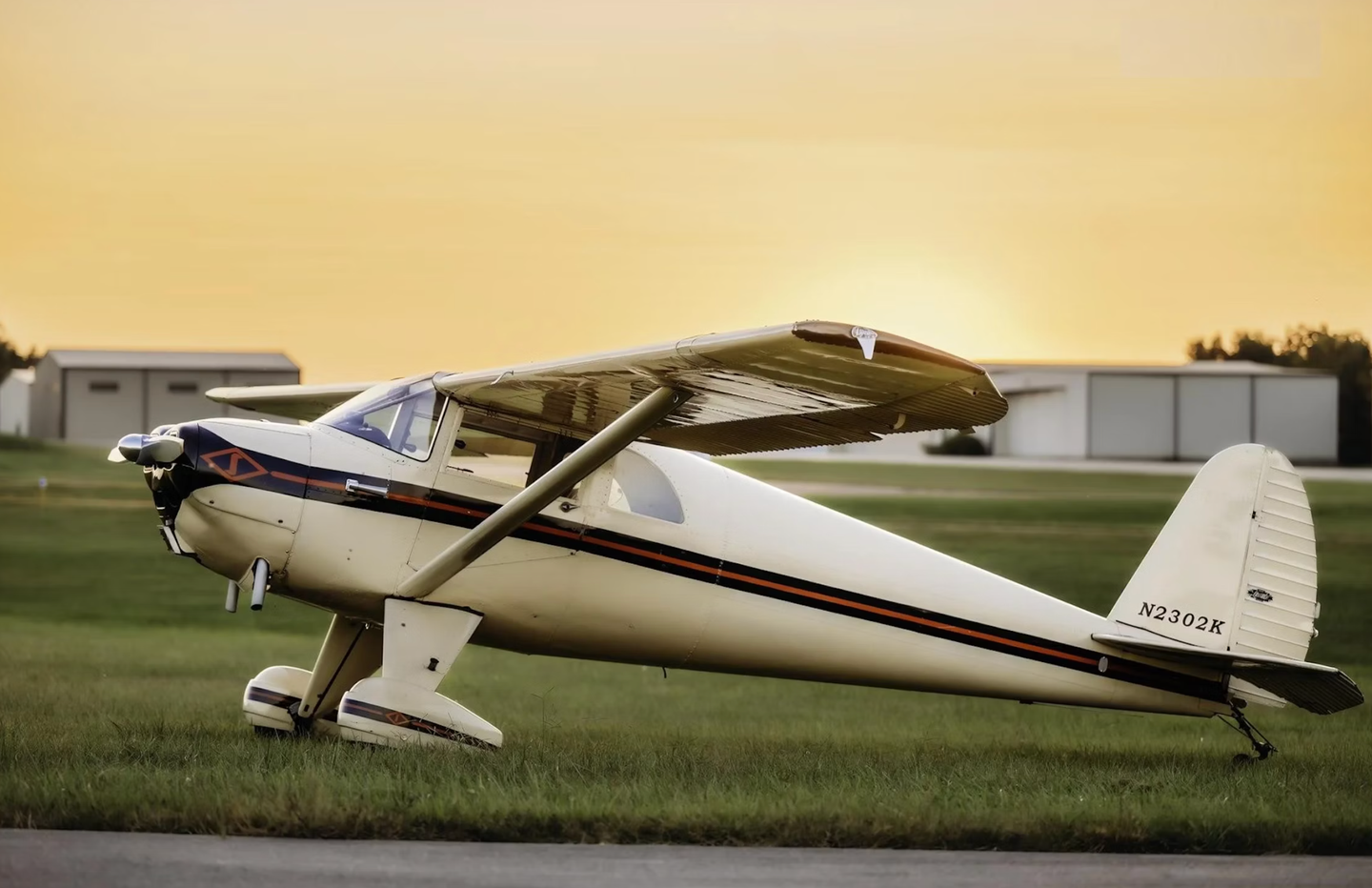
Subscribe to Our Newsletter
Get the latest Plane & Pilot Magazine stories delivered directly to your inbox

